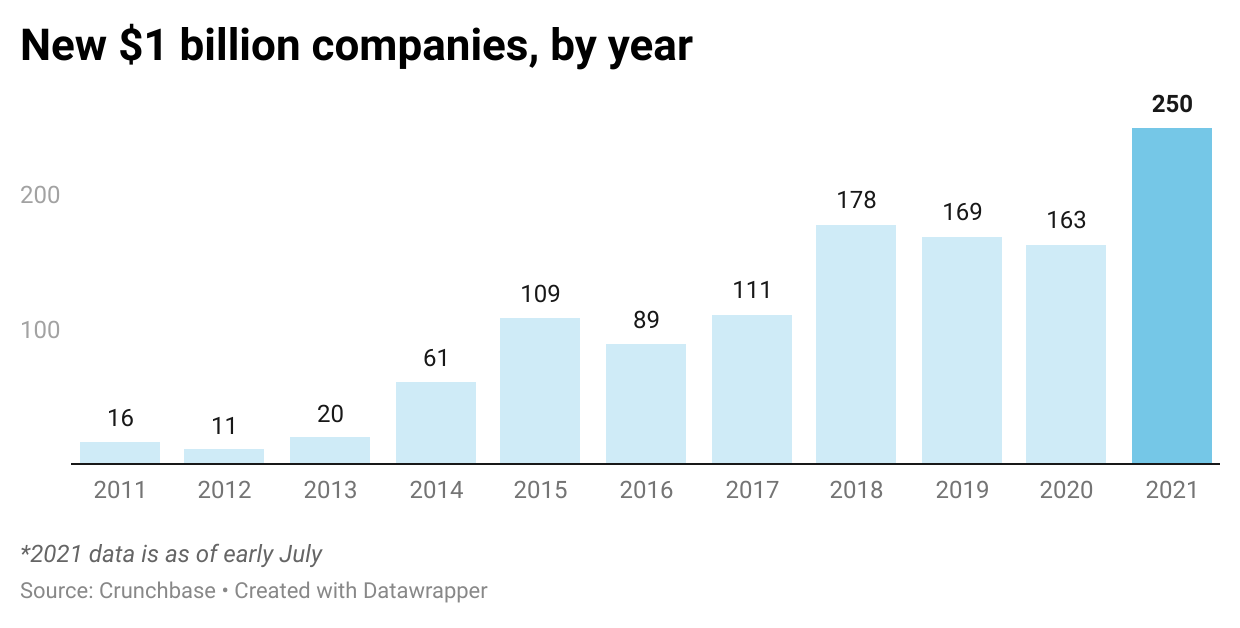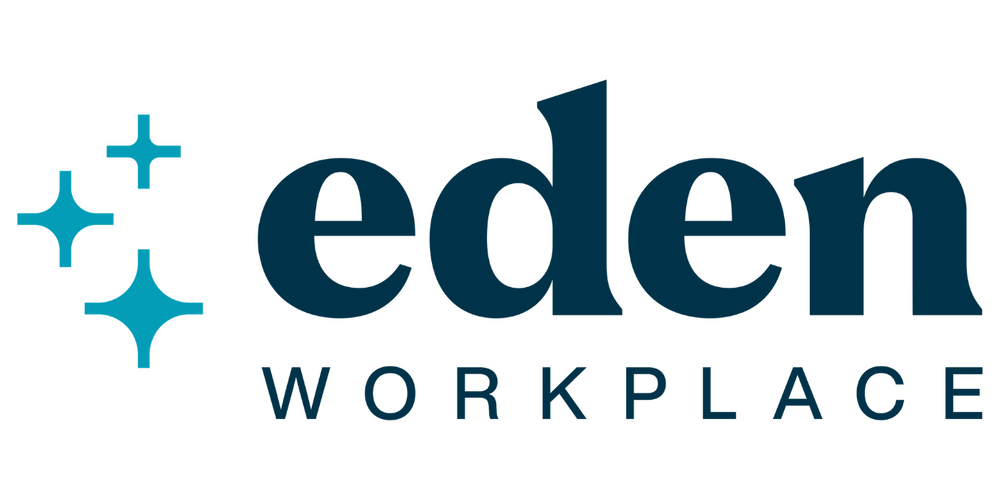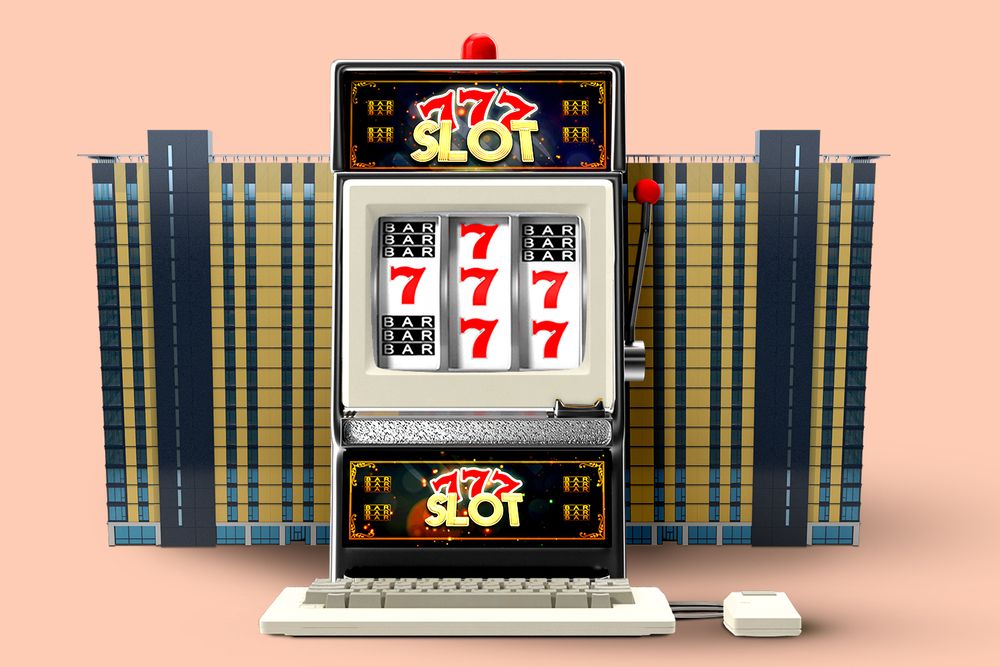|
Good afternoon. We’ve got a packed issue today, and it’s Friday, so we won’t waste any time up here.
In today’s edition:
 Sensor City Sensor City
 Circle SPAC Circle SPAC
 More unicorns More unicorns
—Jordan McDonald, Hayden Field, Dan McCarthy
|
|
|
|
“Sin City'' is more famous for its casinos and hotels than for being an up-and-coming tech mecca, but city officials like Michael Sherwood hope to change the narrative.
“It's about Vegas thinking differently. Let's innovate,” Sherwood, the chief innovation officer for the City of Las Vegas, said. “Let's do things here that people aren’t doing elsewhere. We are that iconic city. We are that iconic leader in technology and smart city technology.”
Las Vegas utilizes a smart city pilot program that draws from tech providers like NTT Data, Cisco, Ubicquia, and Baicells, all of which are angling for long-term contracts. Most of Vegas’s tools are straightforward, allowing officials to track crowd size, or count how many cars pass down a road.
- Sherwood estimates that 40% of the city's pilots are successful.
Case study
NTT, one of Las Vegas’s biggest partners, oversees much of the data collection and analysis for the city and is building out a network of sensors to assist it in managing traffic, park use, crowds, and public safety.
Wrong way: One of NTT’s initial pilots was wrong-way driving detection on an accident-prone street near the city courthouse.
- City officials tried to track the number of incidents manually, but couldn't get reliable data.
- By using an array of NTT’s optical sensors, the city recorded 25-to-30 incidents a day on the street and instituted some basic solutions (e.g., signage, a traffic light). Eventually, incidents dropped to zero.
But, but but...
Centralizing data from streetlights, cameras, infrared sensors, and the like is a much bigger security risk than spreading it across a bevy of mini networks and infrastructure.
- “Any smart city does need to have a really clear policy on privacy and to show why it's not going to cause any privacy issues and it’s not infringing [on] anybody's rights,” William Webb, CEO of Webb Search Limited, a smart cities consultancy, said.
Who’s watching? Smart city critics have also raised concerns about surveillance—particularly when it comes to facial recognition. For its part, NTT said that while it tested facial recognition tech in Vegas, it’s not being used there at this time.
Sherwood says the city requires its partners to have strong cybersecurity measures implemented, and a governing board oversees the city's data use.
Bottom line: Vegas’s transition to a smart city has reshaped how the city allocates resources, diagnoses issues, and responds to them. Sherwood hopes that Vegas can serve as a model for other American cities that are looking to transition to smart cities in the near future.
Click here to read the full version of this story—JM
|
|
|
Francis Scialabba
|
You could say Circle is on a roll.
Yesterday, the crypto financial services company announced plans to go public via SPAC at a $4.5 billion valuation. In May, it made history with the largest crypto-related investment round ever recorded. And four years ago, it partnered with Coinbase to release USD Coin (USDC), which is now the world’s second-most popular stablecoin.
Quick recap: Stablecoins are cryptocurrencies aimed at minimizing price volatility relative to a “stable” asset, like fiat currency. To some, that price stability makes them more attractive for use as currency—peer-to-peer payments, e-commerce, and ways to avoid credit cards and money transfer fees.
In the world of stablecoins, USDC is second only to Tether (USDT). Both are pegged to the US dollar in a 1:1 ratio—e.g., if you own one, you should be able to redeem it for $1 in USD at any time.
But, but, but: Though Tether has a market cap of ~$64 billion, compared to USDC’s ~$26 billion, some consider USDC a safer option. After a 22-month probe, the New York attorney general found that the company behind Tether overstated its USD cash reserves—and fined it $18.5 million.
Looking ahead: In its investor presentation, Circle projected that USDC’s circulation will reach $190 billion—a sevenfold increase—in the next two years.—HF
|
|
SPONSORED BY EDEN WORKPLACE
|
|
As offices begin to reopen, let us take a guess: Half of your employees are eager to witness Accountant Jerry’s awkward dance moves at team happy hour, while the other half are pretty content with trading their commute for the couch.
Luckily, there’s a way for everyone to have both.
Eden Workplace’s desk-booking software is built specifically with the hybrid office in mind, ensuring every team member has the ability to pre-book their own workspace and get work done on their own terms.
Whether they’re a hybrid team member, new hire, freelancer, or a remote employee stopping by the office, everyone can have a space that accommodates their schedule.
And when you’re not working in hybrid heaven? Go on a little vacay with this sweet Patagonia duffel bag Eden gave you for taking a qualified meeting to discuss your needs.
Chat with Eden Workplace today.
|
|
|
Less than two weeks ago, we published an article with the headline “2021 is a unicorn frenzy.” At that point, there had been 199 new unicorns (private companies worth $1+ billion) created in 2021, per Crunchbase—up from 163 last year and already the most in a decade.
Unicorn update: Crunchbase now reports that 250 new $1 billion companies have sprouted up in 2021. That’s 51 more than in late June and 40% more than the previous annual record of 178, set in 2018.
- The biggest beneficiaries of the unicorn frenzy are health care, financial services, and privacy/security startups.

Dan McCarthy
Crunchbase counts 879 total unicorns worldwide, which are now collectively valued at just under $3 trillion. Since June 2020, these 879 unicorns have added $1 trillion in value, Gené Teare, senior data journalist at Crunchbase, told Emerging Tech Brew.
Uh, what’s goin’ on?
A few things:
- Pent-up demand from 2020
- 2020’s society-level digital transformation, which created opportunities for new companies
- More private equity and hedge fund involvement
- A low interest rate environment that means lots of $$$ looking for somewhere to go
Big picture: It’s not just the SPACs and tech IPOs. Both the public and the private markets for tech companies are scorching hot. Teare said every stage of dealmaking—from seed to late-stage—is experiencing growth, and that she expects a strong pace of IPOs across the latter half of 2021.—DM
|
|
|
BMW
|
Stat: BMW revealed the final, market-ready version of its futuristic electric scooter, the CE 04. Specs include max speeds of 75 mph and an ~81-mile range. It’ll come out in 2022 with a starting price of $12,000.
Quote: “I believe that companies inhibit it because it gives the companies power, control...over everything. ...In a lot of people's minds power over others equates to money and profits. Hey: is it your computer, or is it some company's computer?”—Steve Wozniak, cofounder of Apple, on right-to-repair laws
Read: The 700 steps to producing a computer chip.
Freebies: The #1 software deal site for entrepreneurs, AppSumo, believes it’s better to give than to get. Their first-ever Sumo Day starts July 13 with extra-special products, discounts, and giveaways for just 72 hours. Don’t miss it.*
*This is sponsored advertising content
|
|
-
Google got hit with a second multi-state antitrust lawsuit.
-
TikTok is officially testing its video resume feature, which allows users to apply for jobs at companies like Chipotle, Shopify, and Target.
-
Renault’s CEO expects the semiconductor shortage to continue through 2022.
-
Amazon will open source its game engine, enabling developers to create royalty-free games and simulations. Amazon Web Services, Adobe, Huawei, and at least 17 other companies will participate in the project.
|
|
|
A recent study by researchers at Stanford, Berkeley, University of Washington, and University College Dublin & Lero found that highly cited machine learning (ML) papers rarely consider societal needs or negative consequences.
-
Out of 100 prominent conference papers—some of which focused on controversial tech like deepfakes and facial recognition—only two mentioned potential negative consequences.
Another finding: 71% of the top 100 conference papers had corporate-affiliated authors, up from just 24% a decade ago, “putting corporations nearly on par with universities in the most cited ML research,” the authors write.
|
|
|
Three of the following news stories are true, and one...we made up. Can you spot the odd one out?
|
|
|
Catch up on the top Emerging Tech Brew stories from the past few editions:
|
|
|
Enjoying the newsletter? Share it with your network to take advantage of our rewards program.
When you reach 5 referrals, we'll send you this Morning Brew sticker sheet.

Hit the button below to learn more and access your rewards hub.
Click to ShareOr copy & paste your referral link to others:
morningbrew.com/emerging-tech/r/?kid=303a04a9
|
|
|
Robotic dolphins probably aren’t coming to SeaWorld anytime soon—but a group of kids did meet one in May.
|
|
|










